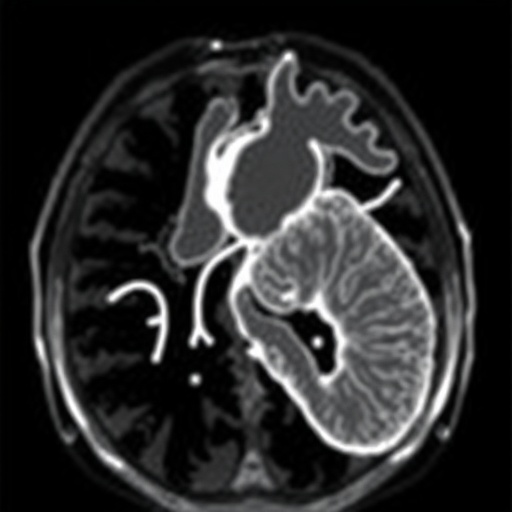It's not just what's inside breast cancer cells that matters. It's also the environment surrounding cancer cells that drives the disease, according to researchers at the University of North Carolina Lineberger Comprehensive Cancer Center. In an abstract that will be presented April 3 at the American Association for Cancer Research Annual Meeting 2017, researchers will report their preliminary findings that cancer cells grew faster when they were transplanted into fatty, obese tissue. They believe the study can help explain the obesity cancer link, providing evidence that elements of the fatty tissue surrounding cancer cells may help the cancer to grow.
"We're interested in something called the 'microenvironment,' which is basically cells around the tumor and the chemicals those cells produce," said Liza Makowski, PhD, UNC Lineberger member and associate professor in the UNC Gillings School of Global Public Health. "In breast cancer, we know that the cancer is embedded in very fatty tissue, because the breast is made up largely of adipose tissue. As a person becomes obese, that can change the adipose tissue, or change this microenvironment where the cancer can start or progress."
For the study, researchers in the Makowski lab studied a type of breast cancer known as triple-negative breast cancer. Researchers transplanted and grew triple negative breast cancer cells from lean laboratory models into models of obese, lean and formerly obese microenvironments to observe how tumors grew in these different contexts.
Tumors were significantly larger in the obese models than in the lean models, and larger than tumors in models that lost the weight. Their findings for the weight loss models suggest that weight loss corrected changes to the microenvironment that were helping drive the cancer.
When they analyzed the gene expression patterns occurring within the tumors themselves, they found that the alterations that occurred were "extremely subtle," Makowski said, and could not explain the dramatic tumor growth they saw in the obese mice.
"Where we saw the most changes were in the mammary glands around the tumors," said the study's first author Alyssa J. Cozzo, a graduate student in the UNC Gillings School of Global Public Health. "This implies that the microenvironment surrounding the tumor can be a driver of tumor growth, even when the tumor cells and the other cells that make up the tumor itself are relatively similar."
Their findings have important implications for understanding the link between obesity and cancer.
"Our take-home message for this study was that, indeed, the obese microenvironment (the mammary gland surrounding the tumor) can drive tumor growth even when the tumor cells come from a lean mouse, and, critically, the obese environment can be partially or completely reversed by weight loss," Makowski said. "It's as if the cells do not 'remember' the obese exposure."
In a major symposium held from 1 to 2:45 p.m. Sunday at the AACR Annual Meeting called "Obesity, Inflammation, and the Adipose Microenvironment in Cancer," Makowski will be serving as chair. She will speak on the obesity-cancer link, and the role that immune cells surrounding tumors may play in also helping to drive the disease.
###
In addition to Cozzo and Makowski, other authors include Ottavia Zattra, Jonathan C. Schisler, and Alex J. Freemerman. The study was supported by the National Institutes of Health, the University Cancer Research Fund, and through a Chancellor's Fellowship, Royster Society of Fellows.
Media Contact
Laura Oleniacz
[email protected]
919-445-4219
http://cancer.med.unc.edu/
############
Story Source: Materials provided by Scienmag




